
Antimicrobial Resistance
Antimicrobial resistance (AMR), also known as drug resistance – occurs when microorganisms such as bacteria, viruses, fungi and parasites evolve to resist the effects of medications that once killed them or inhibited their growth. When the microorganisms become resistant to most antimicrobials they are often referred to as “superbugs”.
AMR is driven by the overuse and misuse of antimicrobial agents in humans, animals, and agriculture – and makes infections more difficult to manage – leading to longer illness, higher costs, and higher risk of death.
WHO Country Office for India supports various activities and initiatives aligned with priorities of India’s National Action Plan on AMR, including development of sub-national action plans, AMR awareness and understanding activities, networks for surveillance of AMR and antimicrobial consumptions and use, preventing and controlling infections, optimizing antimicrobial use, encouraging research and innovations – in coordination and collaboration with key stakeholders, including the Quadripartite organizations.Technical links

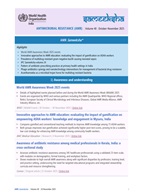
.tmb-144v.jpg?sfvrsn=e3df40_1)
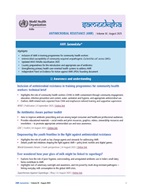
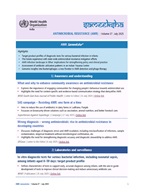
/countries/india/national-action-plan-on-antimicrobial-resistance-(nap-amr)-2017---2021.tmb-144v.jpg?sfvrsn=be4a0137_1)
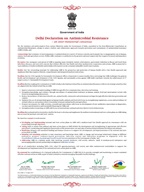
/countries/india/guidance-for-developing-state-action-plans-for-containment-of-antimicrobial-resistance-(sapcar).tmb-144v.jpg?sfvrsn=8b895767_1)
/countries/india/indian-priority-pathogen-list.tmb-144v.jpg?sfvrsn=82ce1ab6_1)
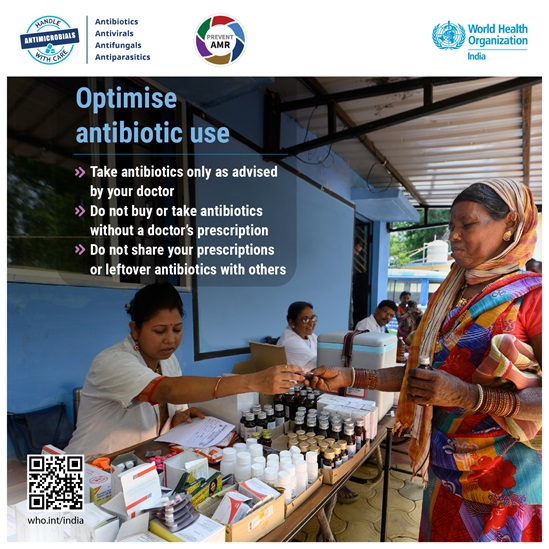

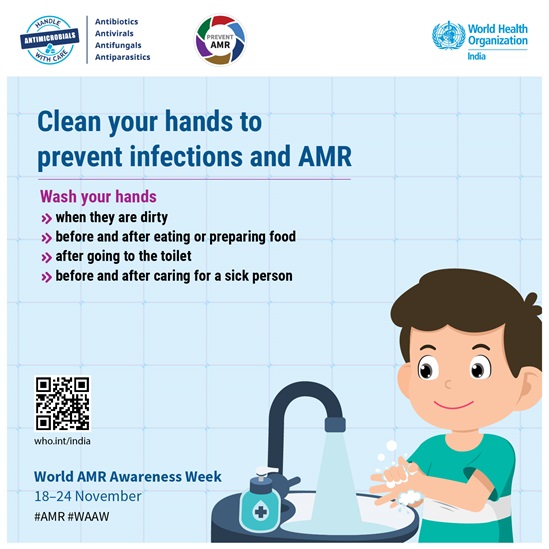
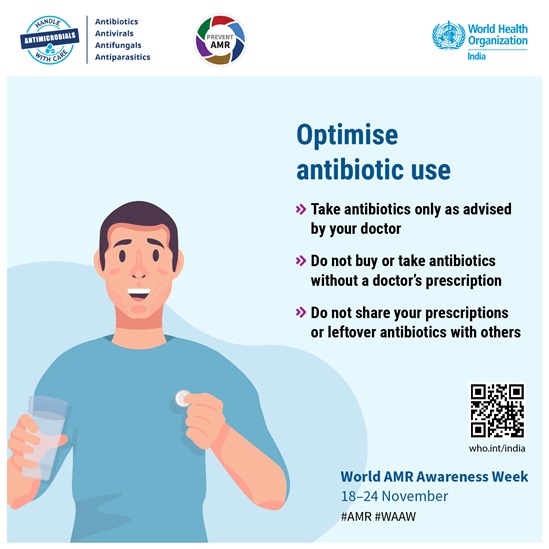
/campaigns/world-amr-awareness-week/2024/world-amr-awareness-week-2024-video-thumbnail.tmb-549v.jpg?sfvrsn=8a71ed1e_1)


